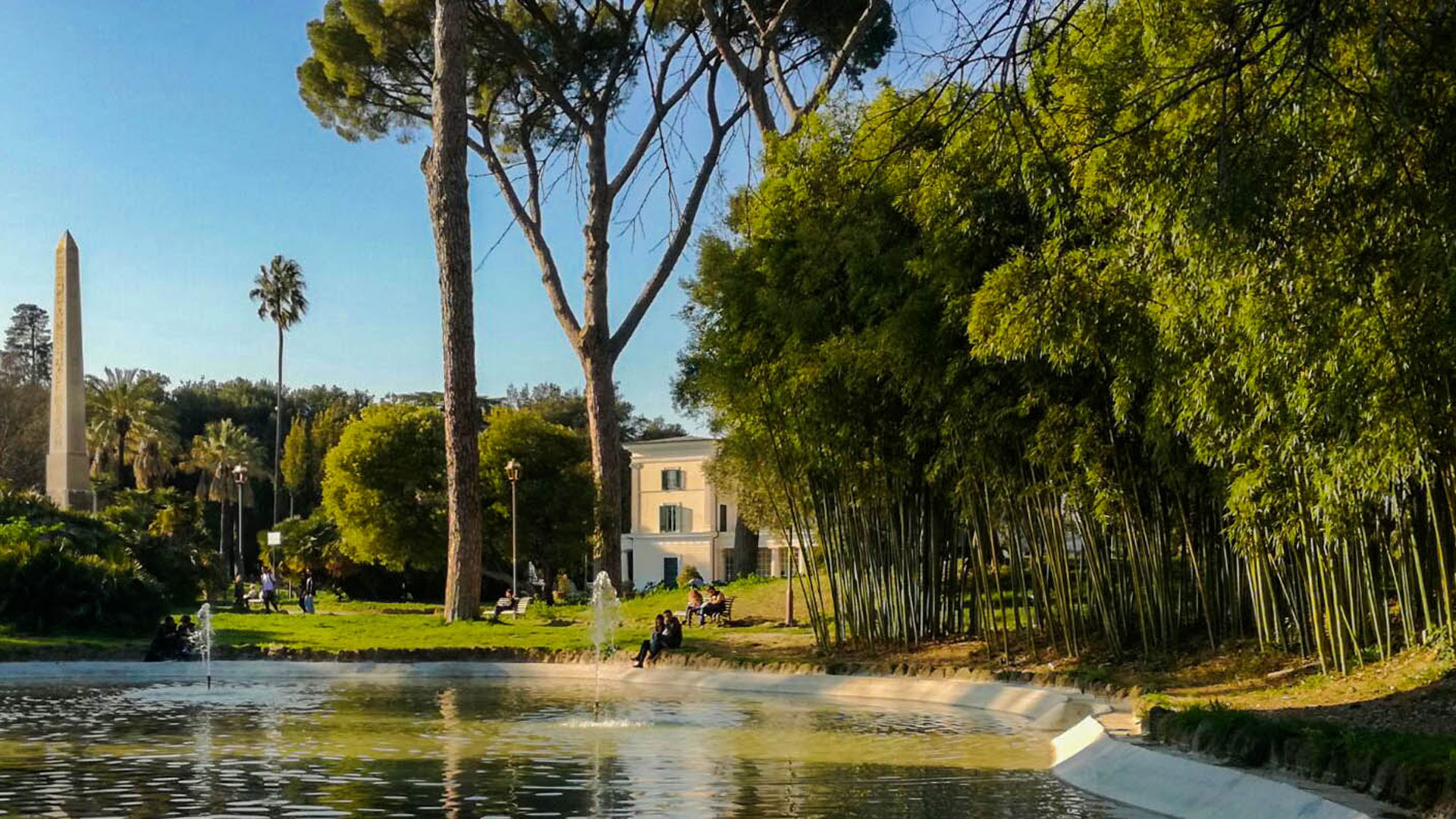
Initially property of the Pamphilj family, Villa Torlonia was one of the numerous agricultural estates, lush with orchards, vines, and reeds, along Via Nomentana. Purchased in 1760 by the Colonna family, at the end of the 18th century, it was sold to the banker Giovanni Torlonia. The nobleman commissioned Giuseppe Valadier to transform the rural property into a sumptuous residence, building the Casino Nobile, the Casino dei Principi, and the Stables.
In 1832, the heir, Alessandro Torlonia, commissioned Giovan Battista Caretti, architect and painter, to continue the embellishment works, through the construction of other buildings, as the Temple of Saturn, the fake neo-classical remains, a Tribune with fountain, an Amphitheater, and the characteristic Coffee-House.
Alessandro employed two other architects: Quintiliano Raimondi, for the Theatre and Orangery, and Giuseppe Jappelli, who was in charge of the entire south section of the Villa.
In keeping with the taste of romantic English gardens, this area was completely transformed in a scenographic way with winding boulevards, small lakes, exotic plants, and decorated with unusual buildings and outdoor furniture: the Swiss Hut, the Conservatory, the Tower, the Moorish Grotto, the Tournament Field, and, in 1842, two pink granite Obelisks, dedicated to the memory of his parents Giovanni and Anna Maria Torlonia.
The new Torlonia heir, Giovanni, built the Medieval Villino, a new boundary wall, the Villino Rosso, the Guardian Cottage, and completely transformed the Swiss Hut into the eclectic Casina delle Civette.
After a long period of neglect, the villa became the residence of Mussolini from 1925 to 1943. The family stayed in the Palace, whereas sporting and social events took place in the Medieval Villino and the Limonaia. The garden was altered by vegetable gardens during the war, with Crops of corn and potatoes, henhouses, and rabbit cages. Then, the Anglo-American troops occupied the entire complex from June 1944 to 1947.
In 1978, Villa Torlonia was acquired by the Municipality of Rome and transformed into a public park with splendid vegetation: holm oaks, bamboos, locust trees, blue palms, California palms, centuries-old chestnut trees, and fruit trees - figs, cherry-trees, plum-trees, apple trees, and bitter orange trees.
Currently, the villa has regained its ancient splendour, offering the public three museums and exhibition venues: Casina delle Civette, dedicated to the artistic stained glass window, Casino Nobile, which houses the Museo della Villa and the collection of Scuola Romana, and Casino dei Principi, home to the Scuola Romana archive and space for temporary exhibitions.
A pleasant refreshment point is located in La Limonaia (the Lemon-House), while in the adjacent Medieval House is located the Technotown scientific playroom.
Musei di Villa Torlonia - Casino Nobile
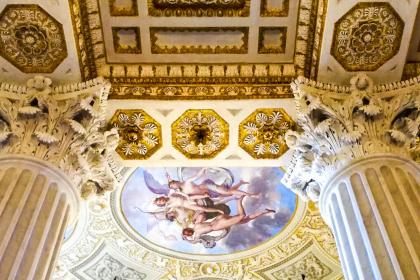
 Condividi
Condividi
Casina delle Civette (The House of Owls)
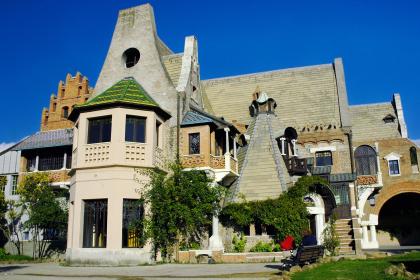
 Condividi
Condividi
Museums of Villa Torlonia - Casino dei Principi
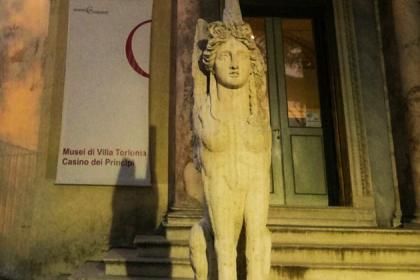
 Condividi
Condividi
Technotown - Creative science hub at Villa Torlonia
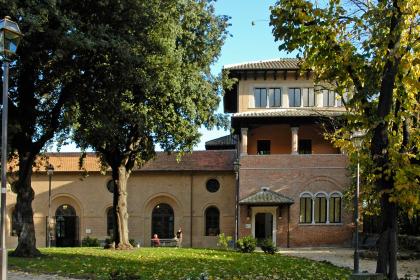
 Condividi
Condividi
Information
From 1 October to 31 March from 7. 00 19.30From 1 April to 30 September from 7. 00 to 20.30Closed: 1st January, 25 December
Bicycles are not allowed
 Condividi
Condividi
Locations
To find out about all accessibility services, visit the Rome accessible section.











































